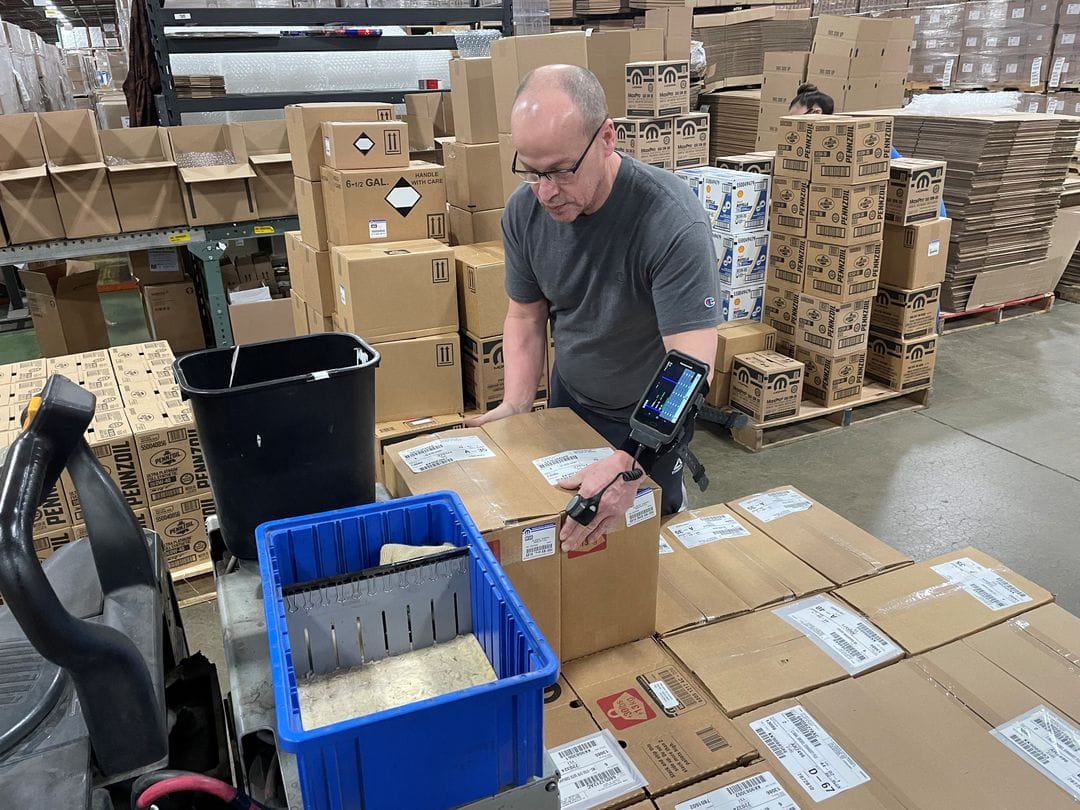
Amazon.com Inc has spent billions of dollars on new warehouses in recent years, slashing earnings while claiming to investors that it had no alternative but to fulfil ever-increasing consumer demand.
According to observers, Amazon may have created too much, too soon.
Amazon revealed $2 billion in additional costs on Thursday as a result of having surplus fulfilment and shipping capacity, a major turnaround from only two years ago, when it had to reject away merchants’ items because it only had place for essential supplies.
According to Chief Financial Officer Brian Olsavsky, the company’s capital spending projections for 2022 have been reduced. This year, Amazon will spend less on fulfilment projects than last year, while transportation investments will remain constant or slightly lower.
Halfway through 2021, a new reality began to emerge. Consumers’ acceptance of at-home shopping to avoid COVID-19 infections in stores forced Amazon to double its warehouse and delivery network, a feat necessary by the company’s plans to quadruple its warehouse and delivery network. For the first time, the retailer’s principal constraint was not space, but rather labour to properly staff facilities. That would entail hiring 270,000 people in six months at Amazon’s scale.
Consumer demand fell after the Christmas break, as it normally does. Amazon’s data showed that online sales were down from a year ago. When the Omicron wave passed, shoppers returned to brick-and-mortar stores, and others were forced to choose between buying products and fueling their cars with high-priced petrol. According to Amazon, order habits have remained consistent.

Post Your Comments